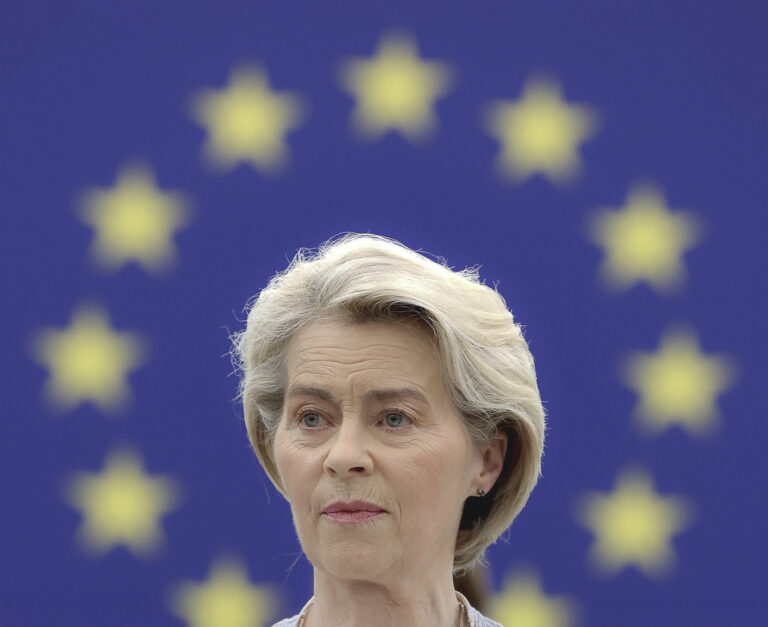The import quotas, or carbon tariffs, which the EU is introducing without much media interest from the beginning of 2026, will fundamentally damage some sectors of the economy in several countries. It will jeopardise employment and create inflationary pressures, without fundamentally affecting countries outside the EU.
Thisis according to an article in the trade journal Energy Economics, which analyses the impact of a carbon tariff in detail.
The carbon tariff was finally agreed in May 2023 as part of the Fit for 55 package. Cement production in the Czech Republic, for example, will fall by 15 per cent and steel production by a fifth because of these new import quotas. In Slovakia, according to the above-mentioned analysis, steel production will fall by as much as 55 per cent, and in Hungary, fertiliser production will fall by more than 40 per cent. This will have an adverse effect on employment in the sectors concerned.
In the Czech Republic, primary steel production is already under serious threat and may disappear from the country after 160 years. Quotas are the key reason for this.
The new import quotas will further encourage inflationary pressures, which will not only increase in the countries mentioned because of more expensive property construction, more expensive agricultural production or, for example, the increase in the price of inputs for the car industry, which is already hard-pressed in the EU.
The introduction of carbon tariffs will make food and housing more expensive, but also, for example, travel or airline tickets, because air transport and the associated infrastructure are a large 'consumer' of steel. This is used for the manufacture of aircraft and aircraft components, for the construction of airport halls or hangars and landing strips.
The EU's new import quotas are primarily aimed at non-EU countries that produce without emission allowances or at a significantly lower price. Paradoxically, however, these economies will not be nearly as damaged by the Union's carbon tariff as the economies of the EU itself, particularly in the eastern part of the EU.
This is because the EU will phase out the free allocation of EU ETS 1 industrial allowances as it moves towards import quotas. Such free allocation is allowed by Brussels largely out of concern that EU industry would lose competitiveness to non-EU countries that have not introduced emission allowances or have them more cheaply. However, this concern will be irrelevant once a carbon tariff is in place, according to Brussels.
Ending the free allocation of ETS 1 allowances will push up the price of these allowances, hitting especially the countries of the eastern part of the EU, which are generally poorer and still carry with them the burden of energy-inefficient industrial production from the socialist era before the fall of the Iron Curtain. This second effect of the withdrawal of free quotas in many sectors - and especially in the countries of the eastern part of the EU - will outweigh the first protectionist effect in the form of the rise of protectionism in connection with the introduction of a carbon tariff.
EU import quotas will initially apply to the basic raw materials sector: cement, steel and iron, aluminium, fertilisers, electricity and hydrogen. The rate of the carbon duty, or the price of the import allowances, will be calculated by deducting the cost of production use of carbon dioxide or other greenhouse gases in countries exporting to the EU from the average weekly auction price of ETS 1 industrial allowances. Of course, the higher the carbon or carbon equivalent content of goods imported into the EU from outside the EU, the higher the carbon tariff rate, i.e. the price of the necessary emission allowances for imports.
The EU will thus constitute a 'world laboratory' for assessing the impact of emission allowances on imports. Indeed, no similar measure is yet in place anywhere in the world - with the notable exception of the US state of California and the Canadian province of Quebec, which, however, have chosen to experiment with a carbon tariff on a more limited scale than the EU is about to do, and naturally on a smaller scale given the size of these markets.
Text originally published on lukaskovanda.cz.
